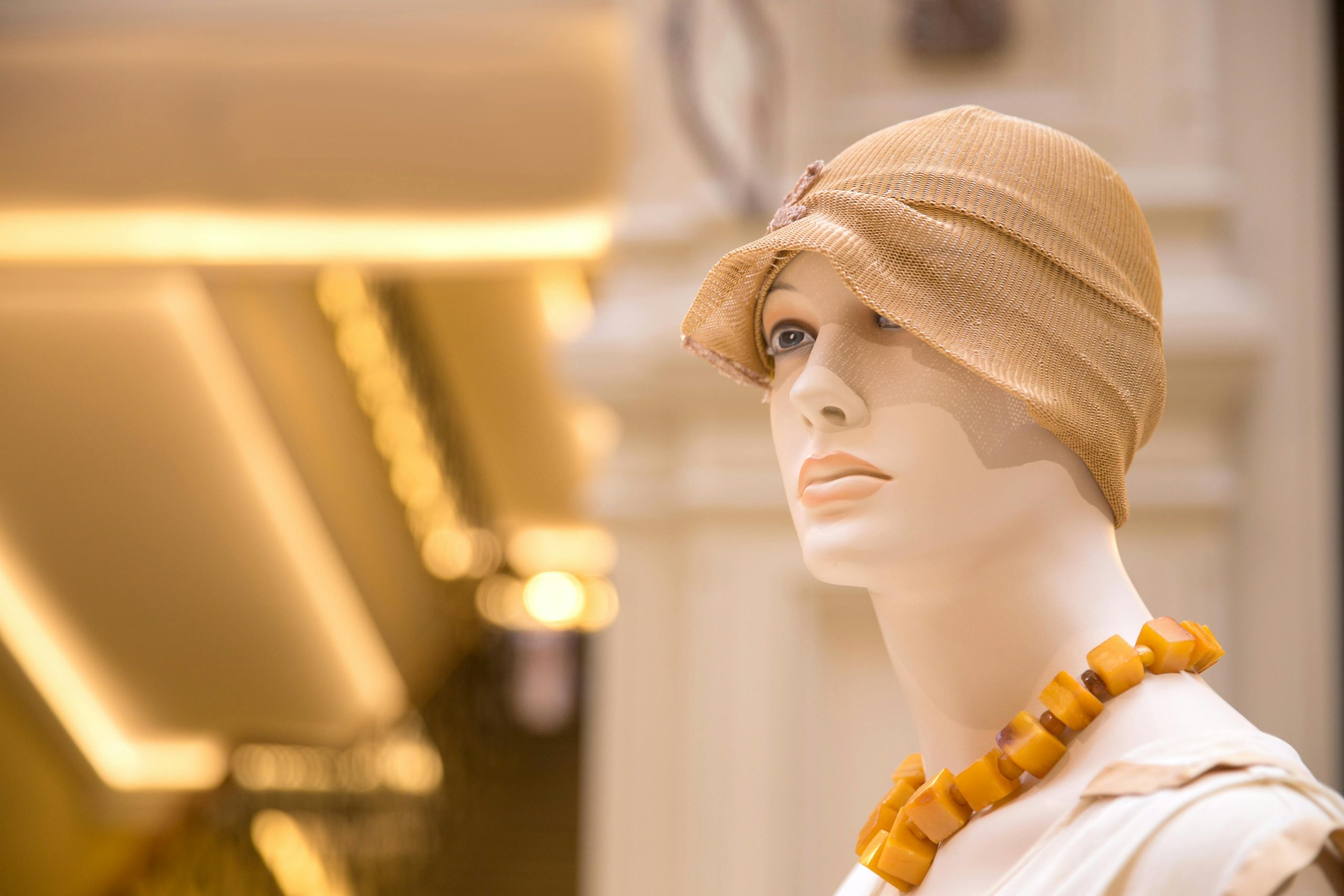How to Create a Winning Portfolio for Fashion Design College
You might have a passion for style and fashion but foraying into the field of sewing and designing requires a lot more than that. Whether you’re a seasoned or aspiring designer, you need to showcase your creative prowess in the best possible way. You’ve probably heard of building a fashion design portfolio. Well, it doesn’t just make your work look good but is also your ticket to the best fashion design college in Bangalore. Think of it as a canvas for your fashion design journey. To you it might look like a compilation of sketches and designs. However, to a potential employer, it’s a visual narrative of how good you’re at your work.
What is a Fashion Portfolio
As with any creative field, a portfolio is a must to showcase your skills. In the world of fashion designing, a portfolio is an indispensable presentation document. It usually includes a collection of one’s best work. A fashion portfolio generally includes illustrations, photos, artwork, fabric swatches and demonstration of skills you’ve perfected. A fashion portfolio cannot just be compiled in a haphazard manner. Your potential employer will assess you based on quality, professionalism and aesthetics. While your portfolio should speak about your work, it should also become your personal branding tool.
A well-curated portfolio helps with:
- Employment opportunities
- Speaks about your unique style and versatility as an aspiring designer
- Works as your personal branding tool
No matter what role you’re applying for, having a portfolio as a fashion design student is invaluable.
What Should a Fashion Designing Portfolio Include?
If you’re just starting out, making a fashion portfolio can feel a bit overwhelming. No matter which stage you’re at in your career, the process is more or less the same. It’s all about collecting, editing and selecting your best projects. As far as possible, organise your work as per category or type of execution. This will give your portfolio some kind of consistency.
Let’s delve into what your fashion portfolio should include:
Start with a brief introduction
If you’ve written a resume before, you probably know that one always has to start with a brief introduction. You probably know why you’re making this portfolio. However, no one else in the room might. Don’t make your introduction too lengthy. A maximum of 10 lines is enough. It should explain who you are, and the reason and inspiration behind your collection. You can also include a couple of lines about you as a designer but don’t go overboard. The rule is to not blow your own trumpet. A portfolio is something that should spark visual interest rather than take one away from it.
Cover the basics
You’re aiming to be a designer, and thus, high-quality drawings, sketches and illustrations are an invaluable part of your portfolio. Emphasize precision and your eye for detail. If there is a narrative behind each illustration, immerse your viewer into a unique experience. When your basics are strong, your storytelling ability also comes through.
Include a mood board
Designers usually use mood boards as their reference for any collection. Any fashion house is eager to know what inspired you to create that particular collection. This helps recruiters and companies understand how you work and how creative you are. Your portfolio is something that can translate your creativity and ideation into designs. And, if the recruiters are impressed by them, they can even become tangible designs. Infuse a sort of artistic narrative into your folio. One or two dedicated pages are enough for your mood board. Don’t go overboard.
Highlight technical skills
As much as companies want to see your creative skills, they also want to see your technical skills. Focus on skills such as sewing and garment construction. If you have a profound understanding of materials, textile design and types of fabric, include that as well. You need to include everything you can that sets you apart as a versatile designer.
Share technical drawings
Whether to include technical drawings or not is quite debatable. If you’re applying for a fast-fashion role, consider it a must. This helps display your understanding of garment construction and attention to detail. Technical designs help show off your best skills. Include the front and back views of the garment along with other detailed annotations.
Use high-quality photographs
You need to use high-quality images or photographs to present your designs. For instance, if models are wearing your garments, make sure they fit well. The photographs should be taken in proper lighting to create a clean and aesthetically-pleasing portfolio. When you’re displaying the versatility of your skills, another important thing to keep in mind is to incorporate variety in your portfolio. Include a diverse range of your work.
Don’t keep it more than 10 pages long
Are you wondering what the ideal length of a fashion portfolio should be? Well, though there is no set rule, it should not be more than 10 pages. It should only include your most recent and best work. The best way to reach a wider audience is to create a digital portfolio. You can use a portfolio builder to create an easy-to-navigate site. Depending on what role you’re applying for, you need to keep tweaking your portfolio.
Conclusion
If you’re someone who has completed a BSc in fashion and apparel designing course, you should start working on creating a fashion portfolio. It speaks volumes about your work and makes it easier in securing your dream job. With the tips we’ve included, making a portfolio is easier than it seems. To make sure you don’t miss out any important details, consider making a fashion portfolio checklist.




